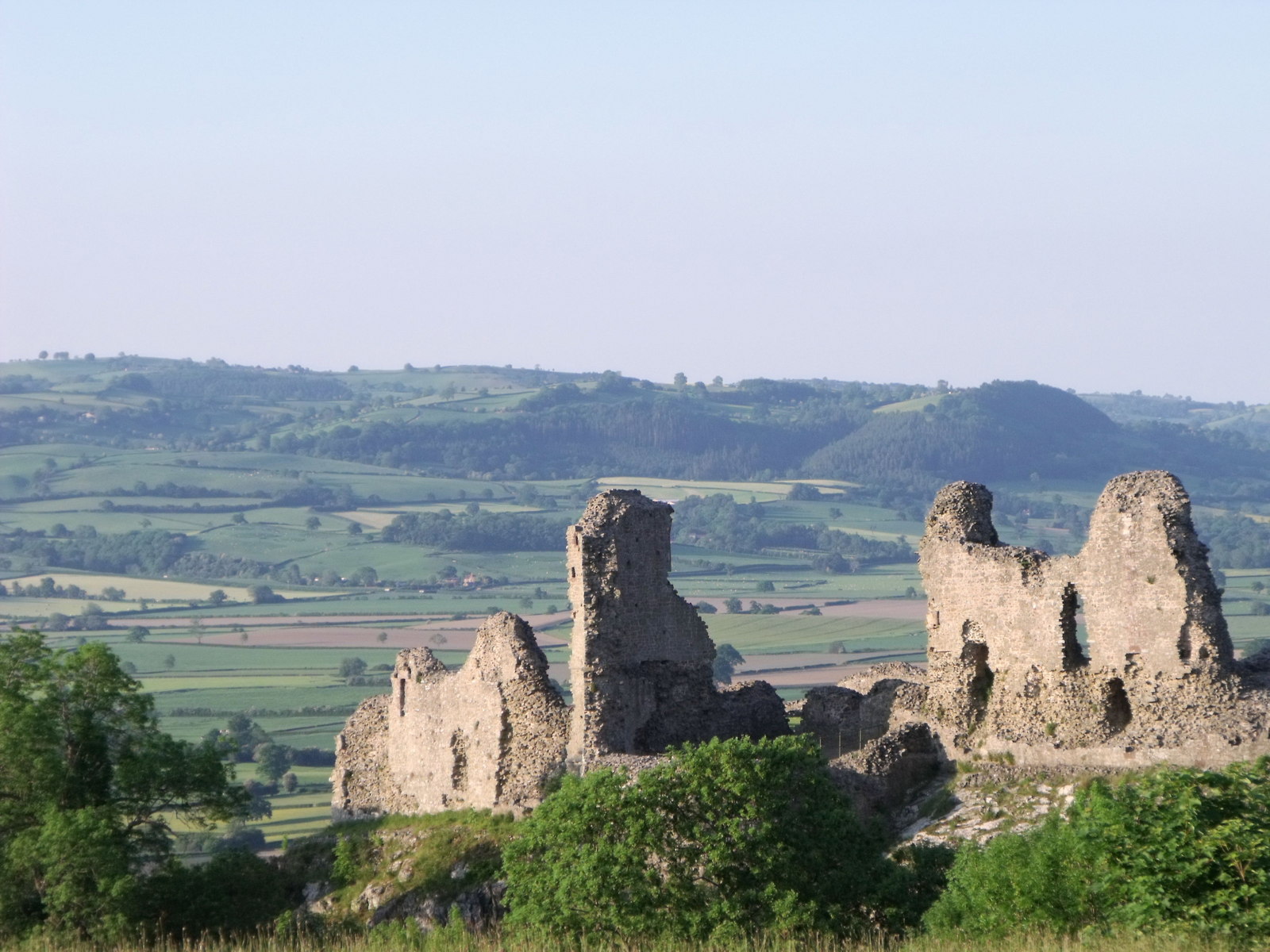Abaty Cwm-hir
Community in Radnorshire
Wales
Abaty Cwm-hir

Abaty Cwm-hir is a small community located in the county of Radnorshire, Wales. It is situated in the heart of the scenic Cambrian Mountains, providing breathtaking views of the surrounding countryside. The community is named after the nearby Cwm-hir Abbey, a Cistercian monastery which was founded in the 12th century.
The landscape of Abaty Cwm-hir is characterized by rolling hills, lush green valleys, and an abundance of wildlife. It is a popular destination for nature lovers, hikers, and outdoor enthusiasts who enjoy exploring the numerous walking trails and cycle routes in the area. The community is also home to several ancient sites, including standing stones, burial mounds, and hillforts, which offer a glimpse into its rich history.
Abaty Cwm-hir boasts a close-knit community, with a small population of friendly and welcoming residents. It offers a peaceful and tranquil atmosphere, making it an ideal place for those seeking a retreat from the hustle and bustle of city life. Despite its rural setting, the community is well-connected to nearby towns and villages, with amenities such as shops, pubs, and schools within easy reach.
Visitors to Abaty Cwm-hir can enjoy a range of activities, including fishing in the local rivers, exploring the nearby Elan Valley reservoirs, or simply taking in the breathtaking scenery. The community also hosts various events and festivals throughout the year, celebrating its cultural heritage and providing entertainment for both locals and tourists alike. Overall, Abaty Cwm-hir offers a unique blend of natural beauty, historical significance, and community spirit, making it a hidden gem in the heart of Radnorshire.
If you have any feedback on the listing, please let us know in the comments section below.
Abaty Cwm-hir Images
Images are sourced within 2km of 52.328368/-3.370157 or Grid Reference SO0670. Thanks to Geograph Open Source API. All images are credited.







Abaty Cwm-hir is located at Grid Ref: SO0670 (Lat: 52.328368, Lng: -3.370157)
Unitary Authority: Powys
Police Authority: Dyfed Powys
Also known as: Abbey Cwmhir
What 3 Words
///adopt.lecturing.swerving. Near Penybont, Powys
Nearby Locations
Related Wikis
Abbeycwmhir
Abbeycwmhir or Abbey Cwmhir (Welsh: Abaty Cwm Hir, "Abbey in the Long Valley") is a village and community in the valley of the Nant Clywedog in Radnorshire...
Cwmhir Abbey
Cwmhir Abbey (Welsh: Abaty Cwm Hir), near Llandrindod Wells in Powys, is a Welsh Cistercian monastery founded in 1176 by Cadwallon ap Madog. A spurious...
Abbey Cwmhir Hall
Abbey-Cwm-Hir Hall is a neo-Elizabethan country house in the Welsh county of Powys. == History == The hall was built in 1833 for Thomas Wilson, a London...
Rhwng Gwy a Hafren
Rhwng Gwy a Hafren (English: Between Wye and Severn) was a region of medieval Wales, located in the Welsh Marches between Powys to the north and Brycheiniog...
Buddugre Castle
Buddugre Castle (sometimes referred to as Tomen Bedd-Ugre, Castell Cwm Aran, Tomen Bedd Turc and Bedd-y-gre) was a motte and bailey defensive fortification...
St Anno's Church, Llananno
The Church of St Anno in Llananno, Powys, Wales, is a redundant church dating from the 14th century. Its medieval rood screen is considered "one of the...
Powys
Powys ( POH-iss, POW-iss, Welsh: [ˈpou̯ɪs]) is a county and preserved county in Wales. It borders Gwynedd, Denbighshire, and Wrexham to the north; the...
Llanbister
Llanbister is a small village and community with a 2011 population of 382 in Powys, mid Wales, in the historic county of Radnorshire. == Facilities... ==
Nearby Amenities
Located within 500m of 52.328368,-3.370157Have you been to Abaty Cwm-hir?
Leave your review of Abaty Cwm-hir below (or comments, questions and feedback).















